Review – “My feet get a lot of attention,” says our barefoot pilot as we say goodbye with one last photo after a scenic 30 minute seaplane ride that has taken us from Ibrahim Nasir International Airport north to Baa atoll. A traditional Dhoni meets us at Coco Palm Dhuni Kolhu and we are greeted by a member of the reception staff who has also opted to go barefoot.
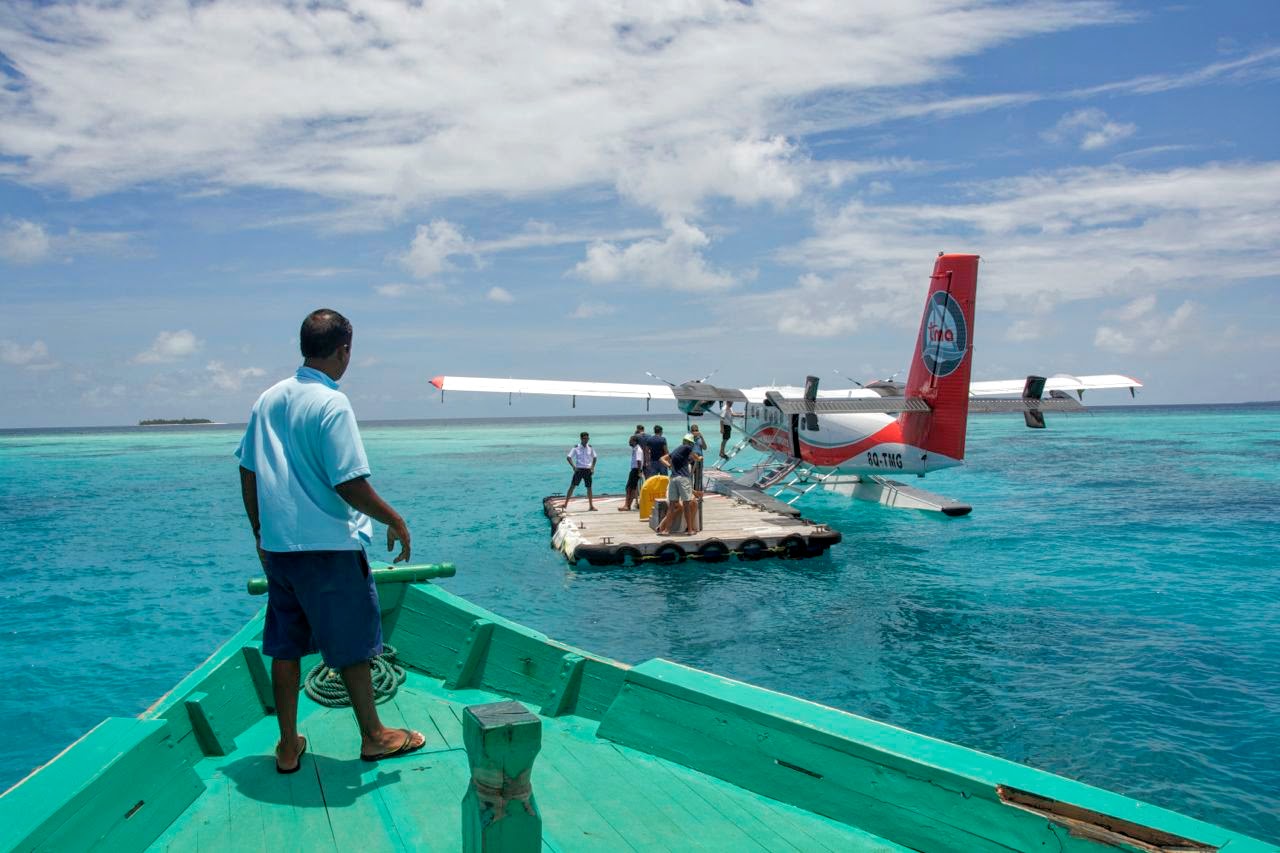
It comes as a pleasant surprise that Coco Palm Dhuni Kolhu is a place of barefoot luxury, but it shouldn’t have. This beautifully rustic and unpretentious resort on the remote Western side of the Baa atoll Unesco listed Biosphere Reserve is all about feeling part of the natural environment of the Maldives.
“We have a lot of repeaters,” says Sandrine Kaiser, the resort’s General Manager. “Many of our guests have demanding careers,” she says. What they want from their holidays is not to have the distractions of tv and wifi and to be free of their ties, suits and shoes.
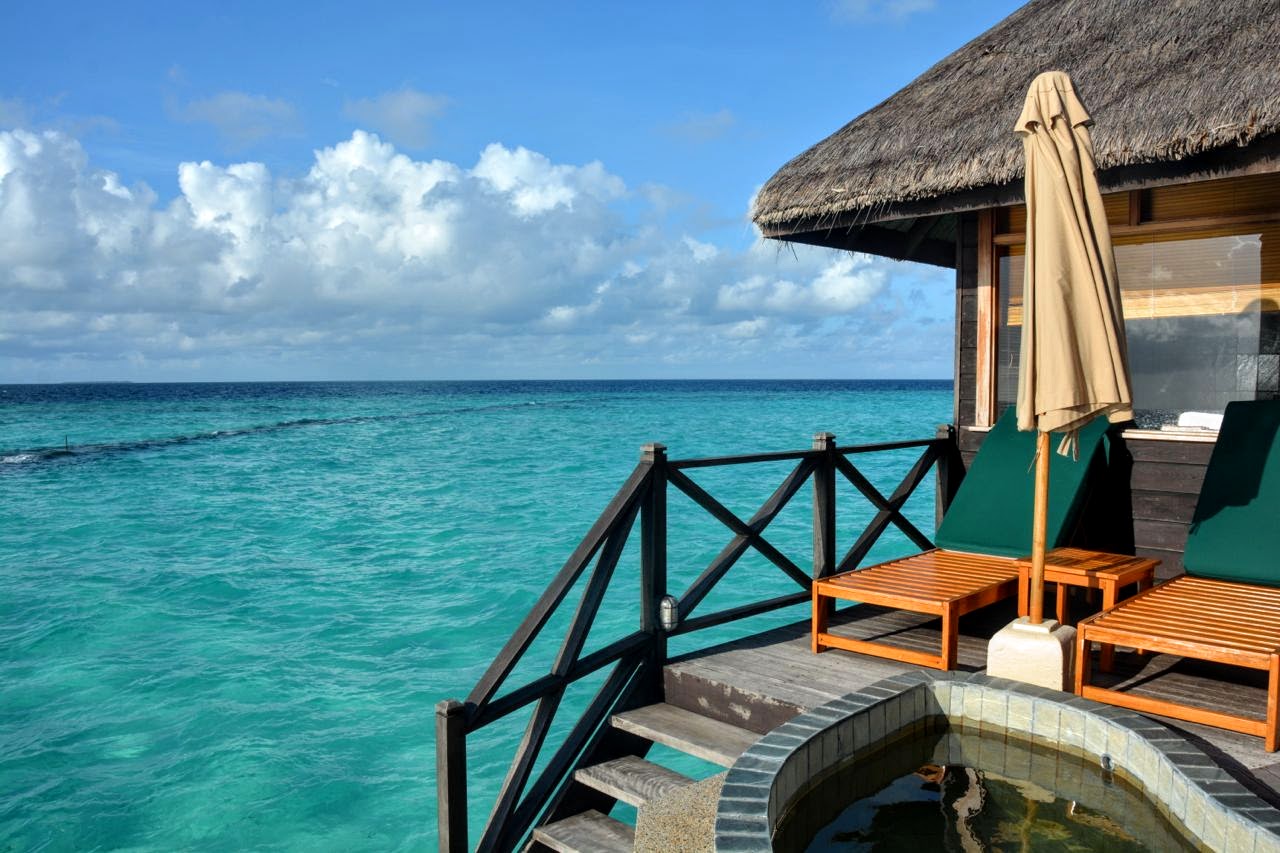
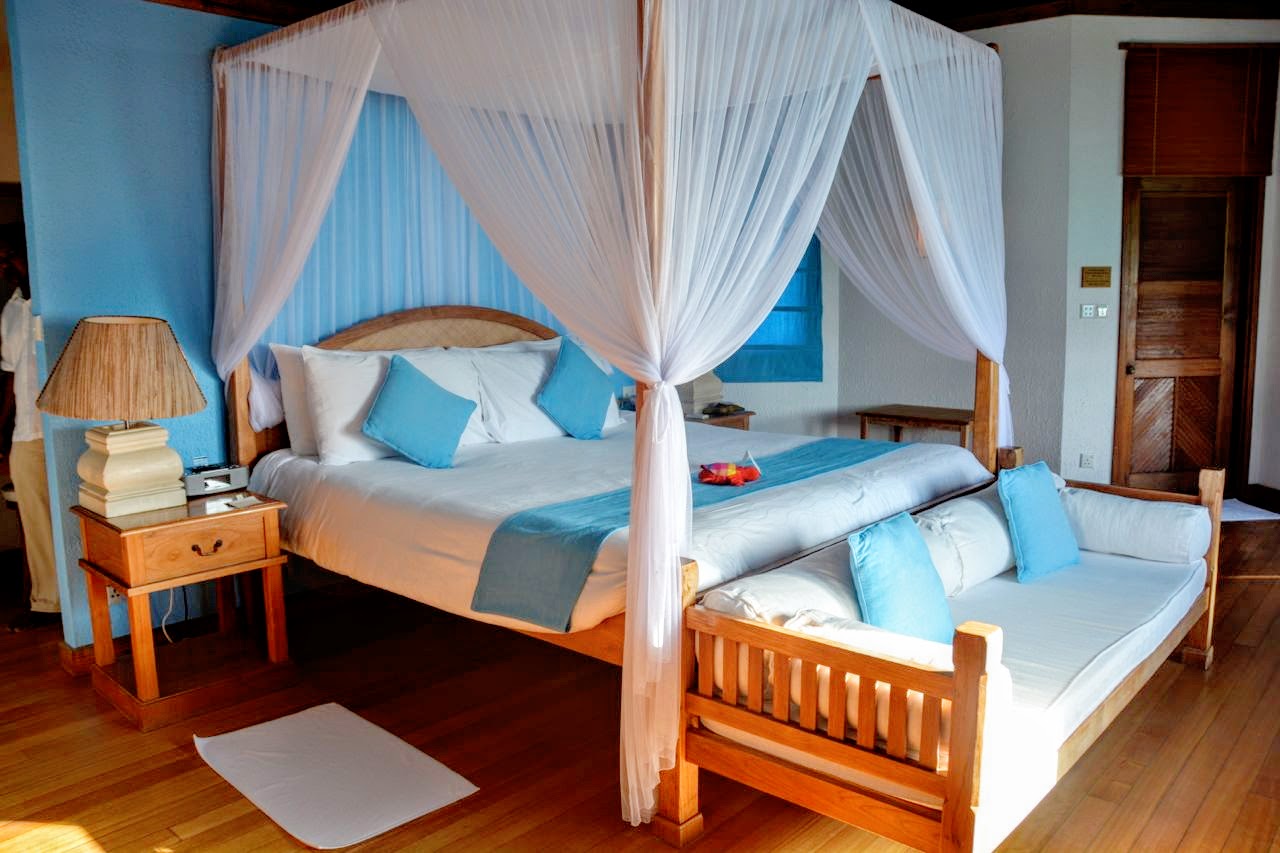
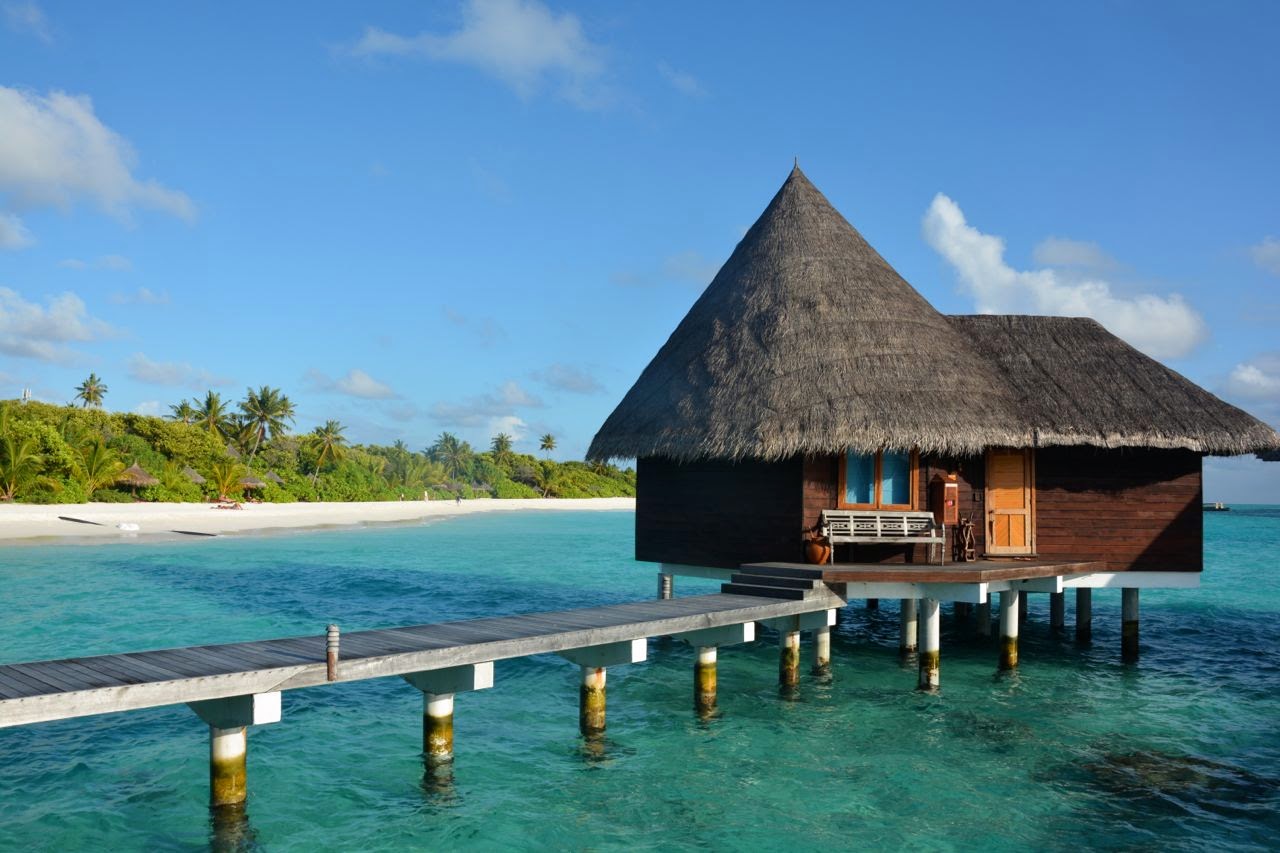
There are no flat screens in the villas, which come in 6 different categories, and internet is restricted to the common areas of the lobby, bar and restaurant. There is no resort pool, but who needs a pool when you are surrounded by a perfect, natural lagoon. It’s a recipe that seems to work well. “Next week I’ll be hosting a couple from England on their 39th visit. They come twice a year and just adore the resort,” says Sandrine.
Most of us dream about visiting the Maldives just once in a lifetime, let alone twice a year, but Coco Palm Dhuni Kolhu is priced to put five-star barefoot luxury within reach.
To go barefoot is optional, of course, and totally irresistible. There are no electric buggies here to chauffeur us from the lobby to our villa. Feeling the powder fine sand beneath our feet on the path winding through established, cooling jungle, is just as blissful as strolling along the long, wide beach at sunset. Though we end up spending a large part of our time in and on the water, which is how it should be on an island set amidst waters rich in globally significant biodiversity.
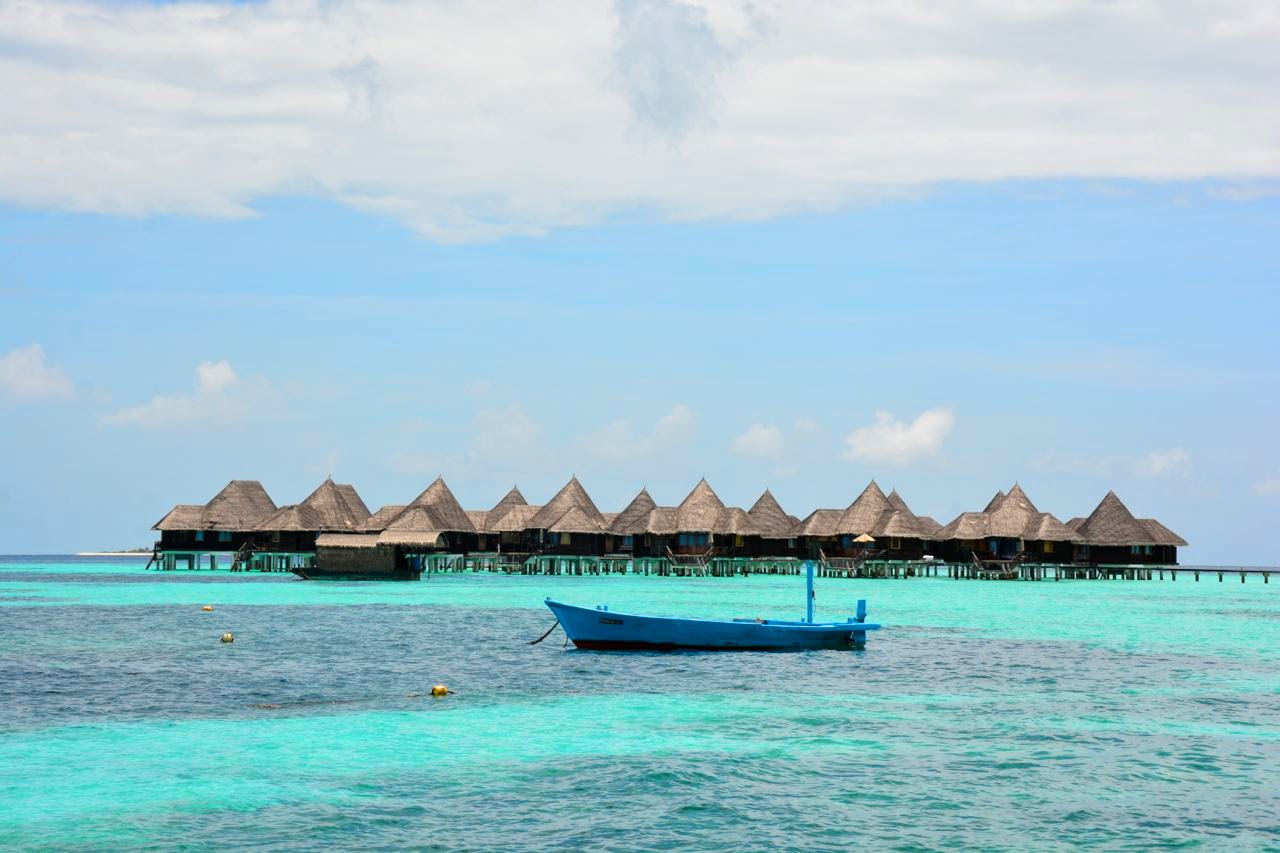
Michi, a marine biologist intern from Germany fresh out of university, is very excited when we meet her. She’s just checked on the turtle nests, a rare natural feature that is particular to this island. “I think they might be hatching very soon,” she promises to call as soon as the sand around the nests shows signs of caving in. We want to be called even after midnight, we insist, because watching turtles hatch is one of those once-in-a-lifetime events.
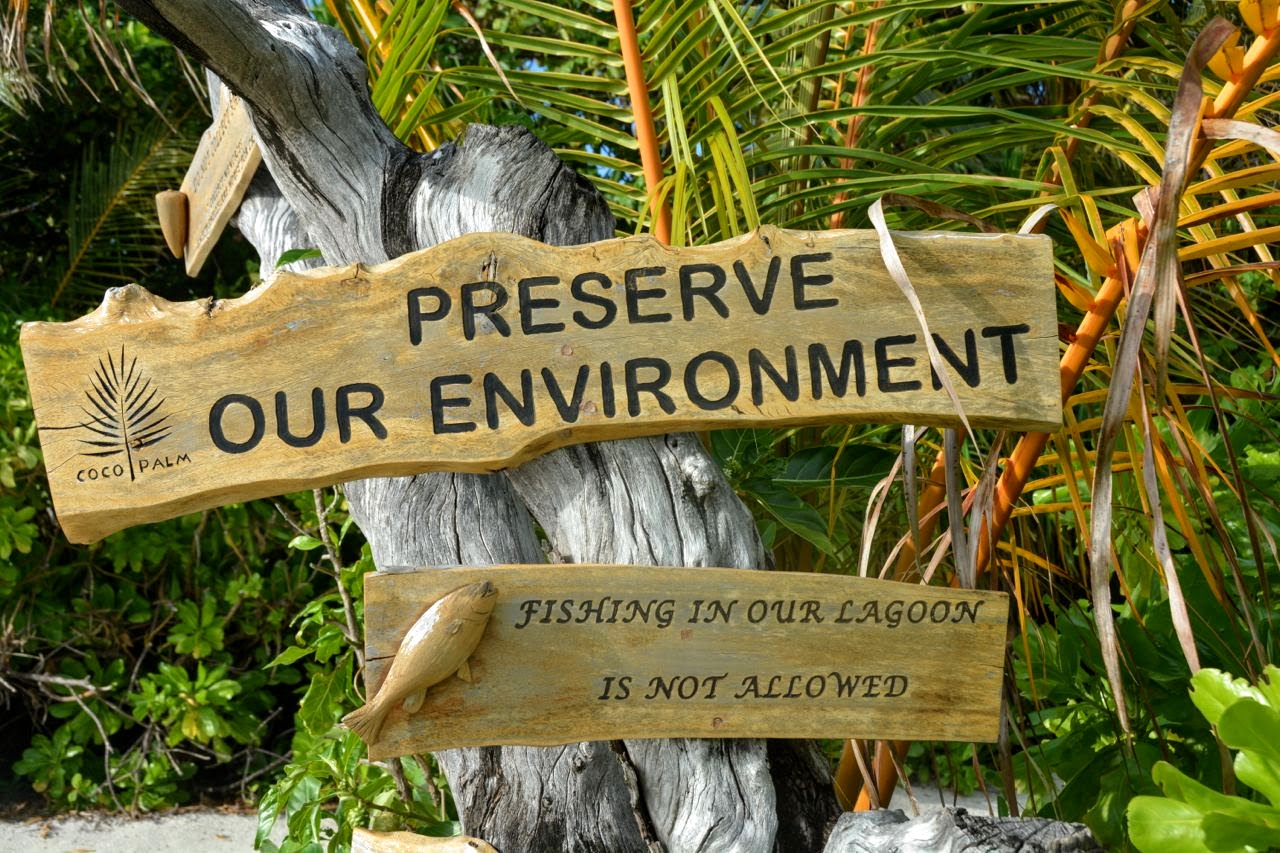
As it turns out, 88 turtles hatch at sunset, when the light is just right for photos, and the beach is packed with spectators. Alas, we are 20 minutes offshore on a sunset fishing trip and miss all of it. But we get an unexpected once-in-a-life-time experience of a different sort.
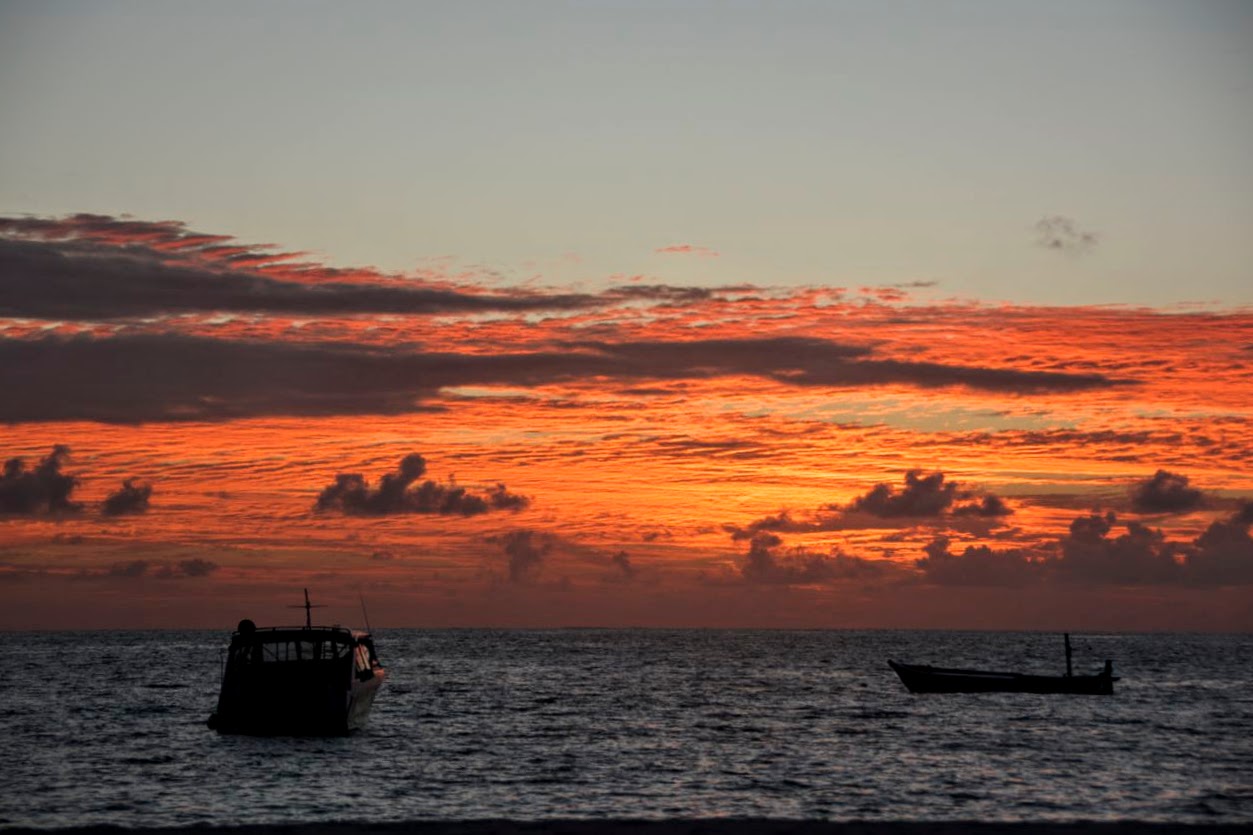
Aboard the Dhoni the action begins after a glorious sunset right on nightfall when the fish are ready to come out to feed on our bait. The youngest person aboard, an eight year old girl from Pakistan, is the first to catch a fish, amidst much cheering and photos, then a decent sized snapper is caught by a proud Brit; next it’s my turn to pull up a slender barracuda.
Then, nothing for a long time until everybody is bored and ready to call it a night, when, suddenly, there is great commotion at the stern. The crew rushes over to a pair of honeymooners from Jordan, who have turned their attention to their phones for lack of activity on the fishing line, which now becomes the focus of everybody’s attention. Two, then three men pull on it until a two metre nurse shark surges out of the water, splashing about to our hysterical screams. It won’t do for dinner of course and the crew quickly releases the impressive nocturnal hunter before any damage is inflicted, but not before it has been immortalized on every available gadget on board, together with our screams.
Back ashore we are treated to a seafood extravaganza, a candle-lit BBQ under the stars on the beach. We are a little late, most guests have finished desert, but that hasn’t diminished the supply of fresh lobsters, giant prawns and reef fish grilled in little parcels of banana leaves.
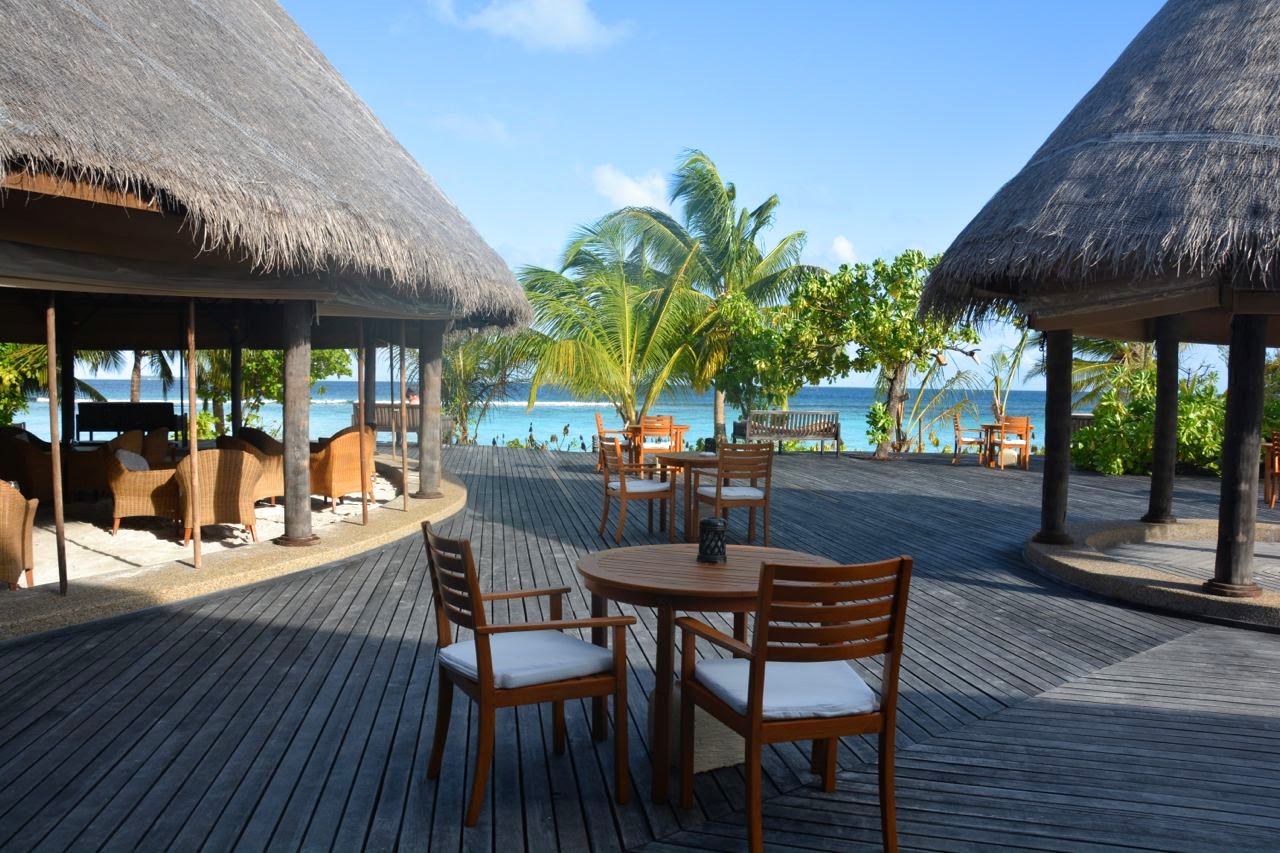
Dinner on the beach is about as spectacular as it gets. Thanks to its natural beauty, Coco Palm Dhuni Kolhu has no need to impress with displays of opulence. There is only one main restaurant, Cowrie, which serves scrumptious breakfast, lunch and dinner buffets. À la carte dining is available 5 nights a week at Cornus Restaurant and at Conch bar, which serves light meals on the sunset side of the island.
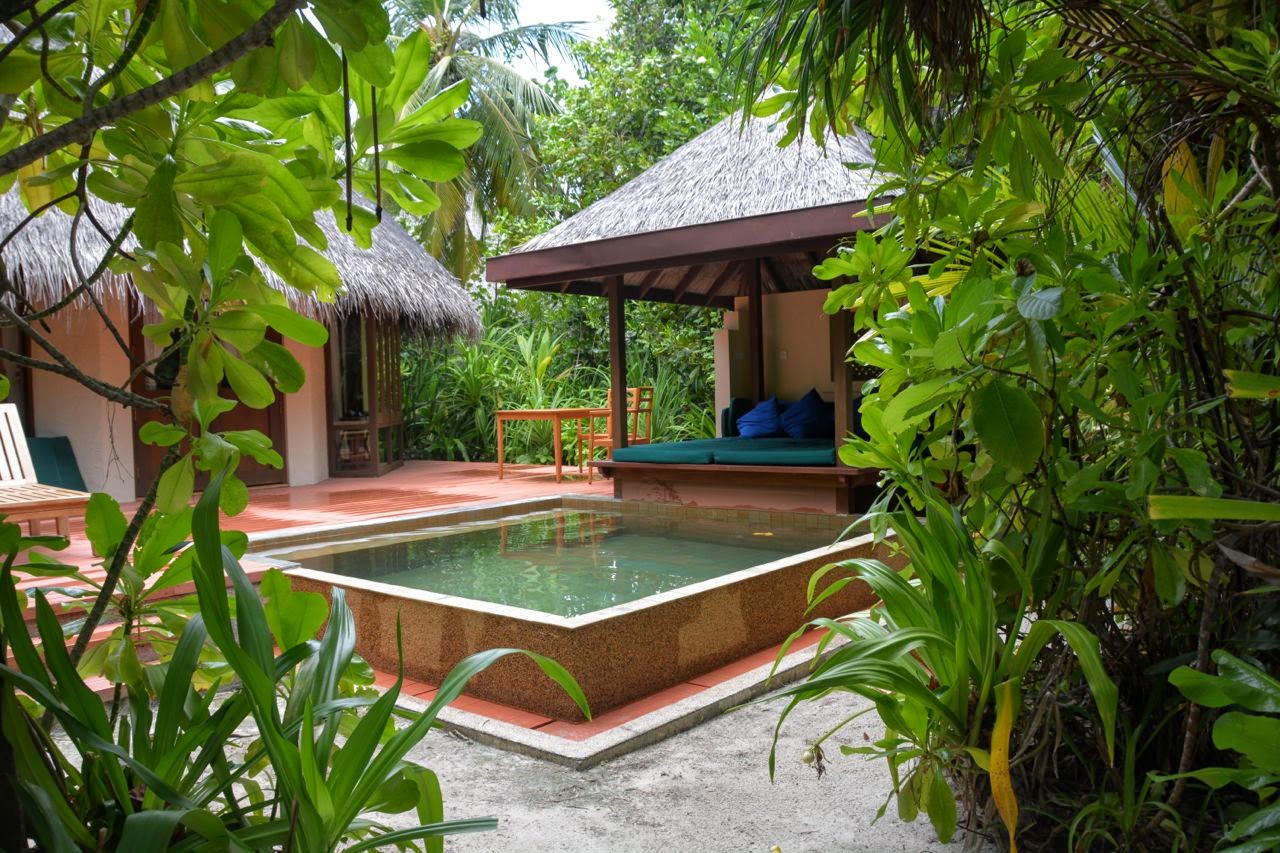
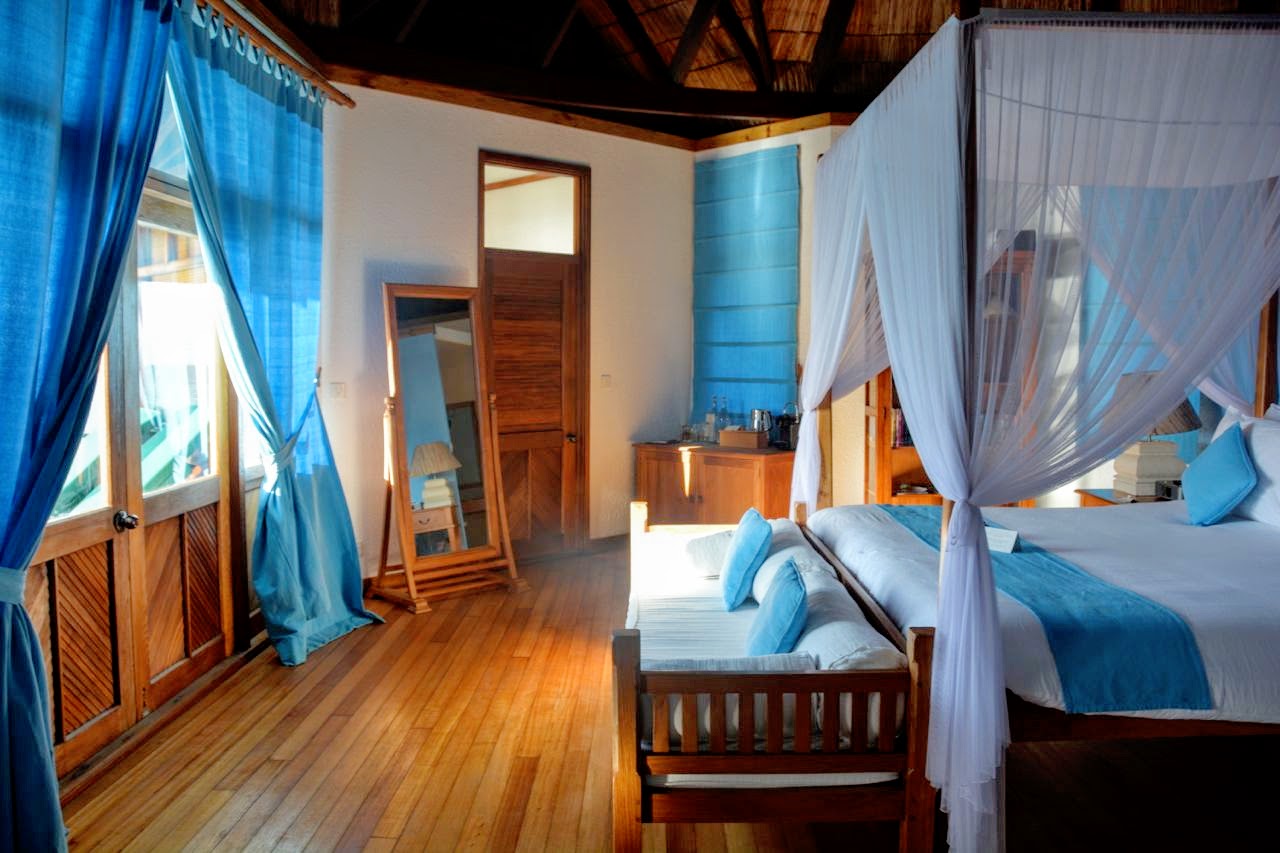
After dinner we retire to our deluxe beach villa. Set in thick jungle and metres from the beach, it’s the perfect home away from home and the next day it’s hard to tear ourselves away from the day bed that overlooks our private pool.
But we have an appointment with the abundant marine life that has earned this atoll a Unesco listing. Michi takes us on a guided snorkel tour to three different spots, all within easy reach of the resort. We identify unicorn and pufferfish; a moray eel charges at me from its cavern giving me a fright but I am quickly placated by a graceful turtle foraging for food amongst the coral.
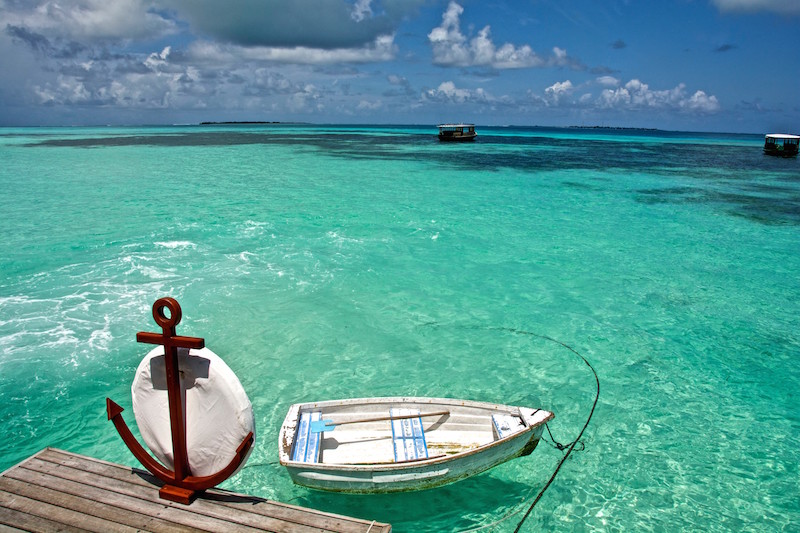
Lunch is my very own barracuda, grilled to perfection, then, it’s time to release the newborn turtles. In the wild the freshly hatched turtles have a 50% survival chance. At Coco Palm Dhuni Kolhu, they spent their first night in one of the pools of the dive centre. The resort is set to construct a proper turtle rescue centre under a recently formed partnership with the Olive Ridley Project. Olive ridley turtles are commonly found in the warm tropical oceans of the Maldives. Beautiful toy olive ridley turtles, made from colourful Sri Lankan cotton – there is one in in each villa – can be purchased to help finance the project.
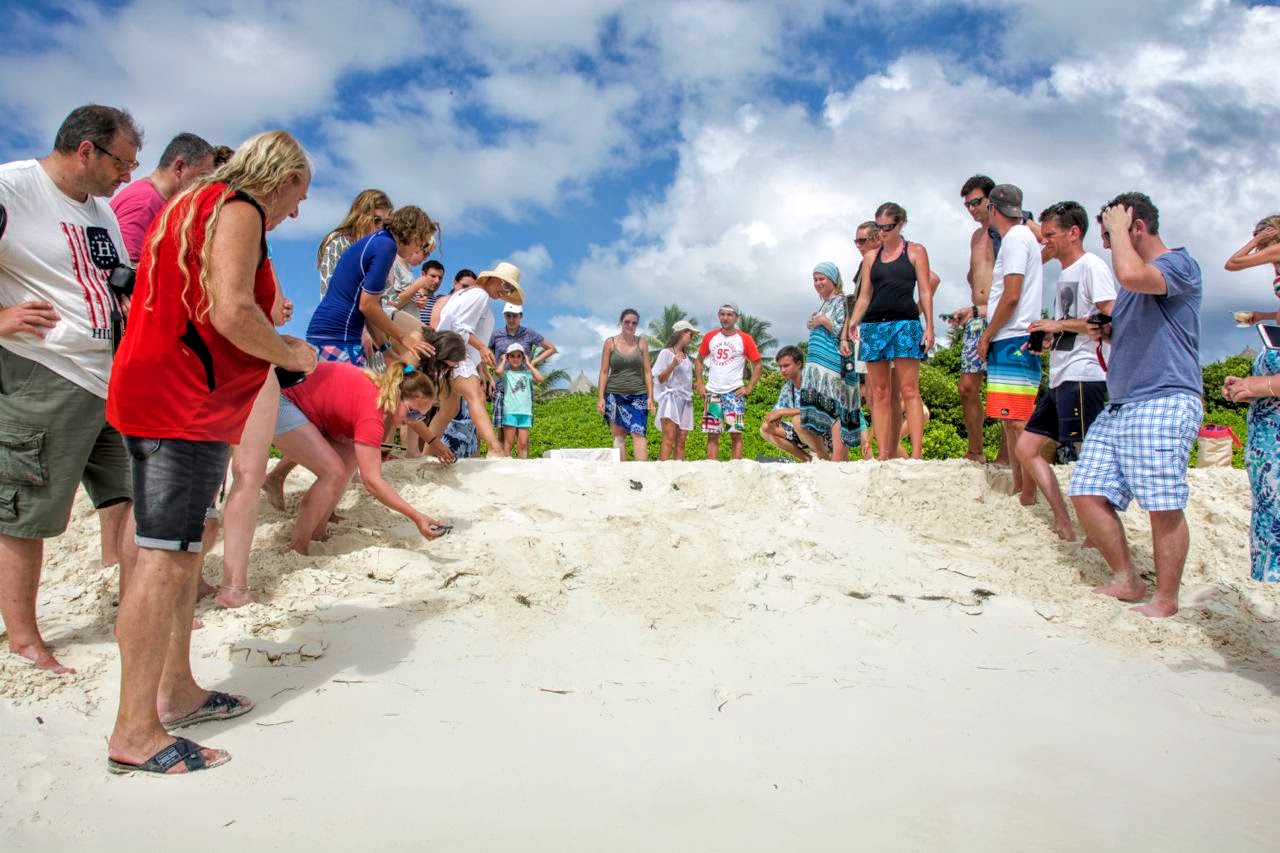
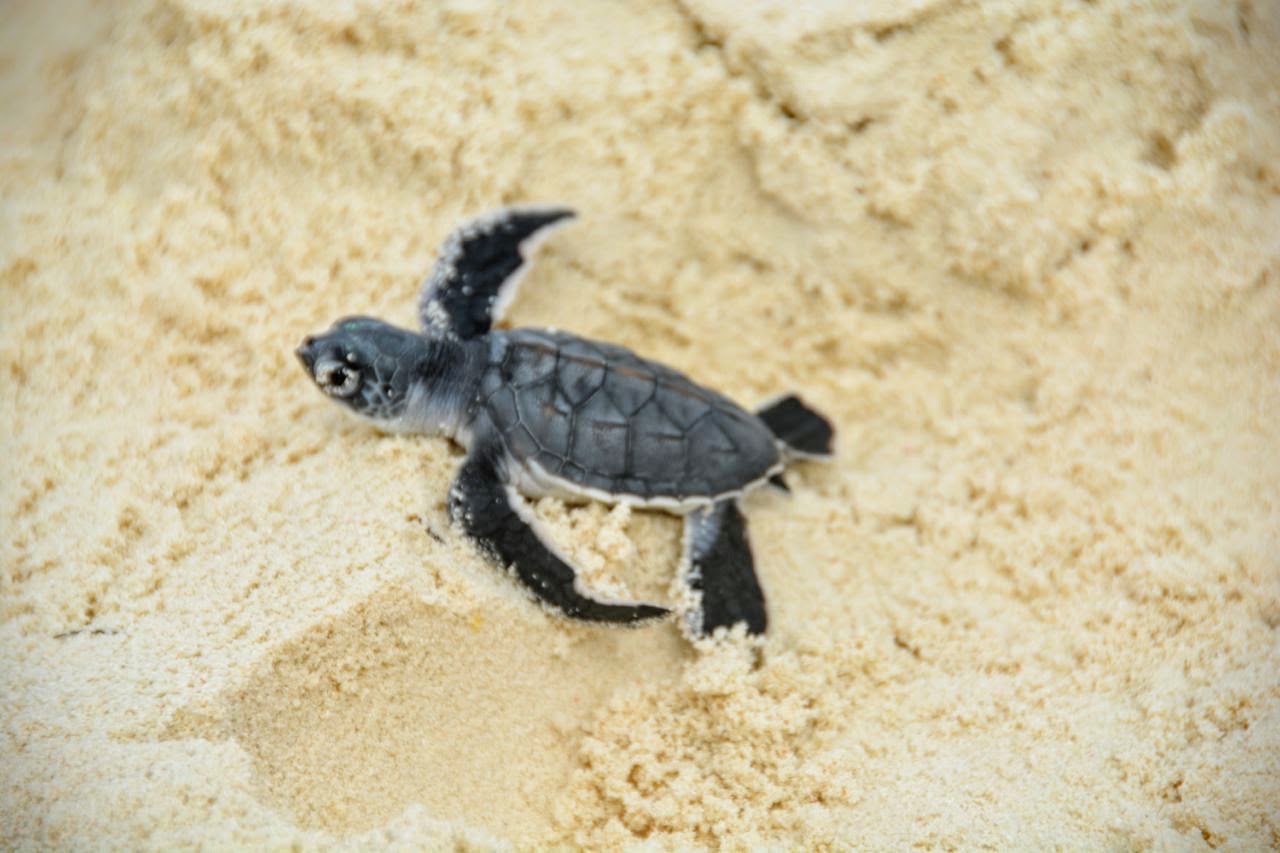
The ‘turtle race’ as Michi calls it, draws a crowd in the hot afternoon sun. The size of little toy cars, the baby turtles are released one by one, to get their bearings on the sand and to find the ocean on their own. Once they reach the ocean’s edge, they are collected, re-boxed and taken out to sea by Dhoni to be released off shore, where they will have a higher chance of survival.
I have no chance of becoming a 39-time repeater, but I can see why people come back here again and again. Who knows, becoming a second time repeater is not out of the question. Trying to find out how many of the baby turtles have made, would be just one of the many motivations to come back.
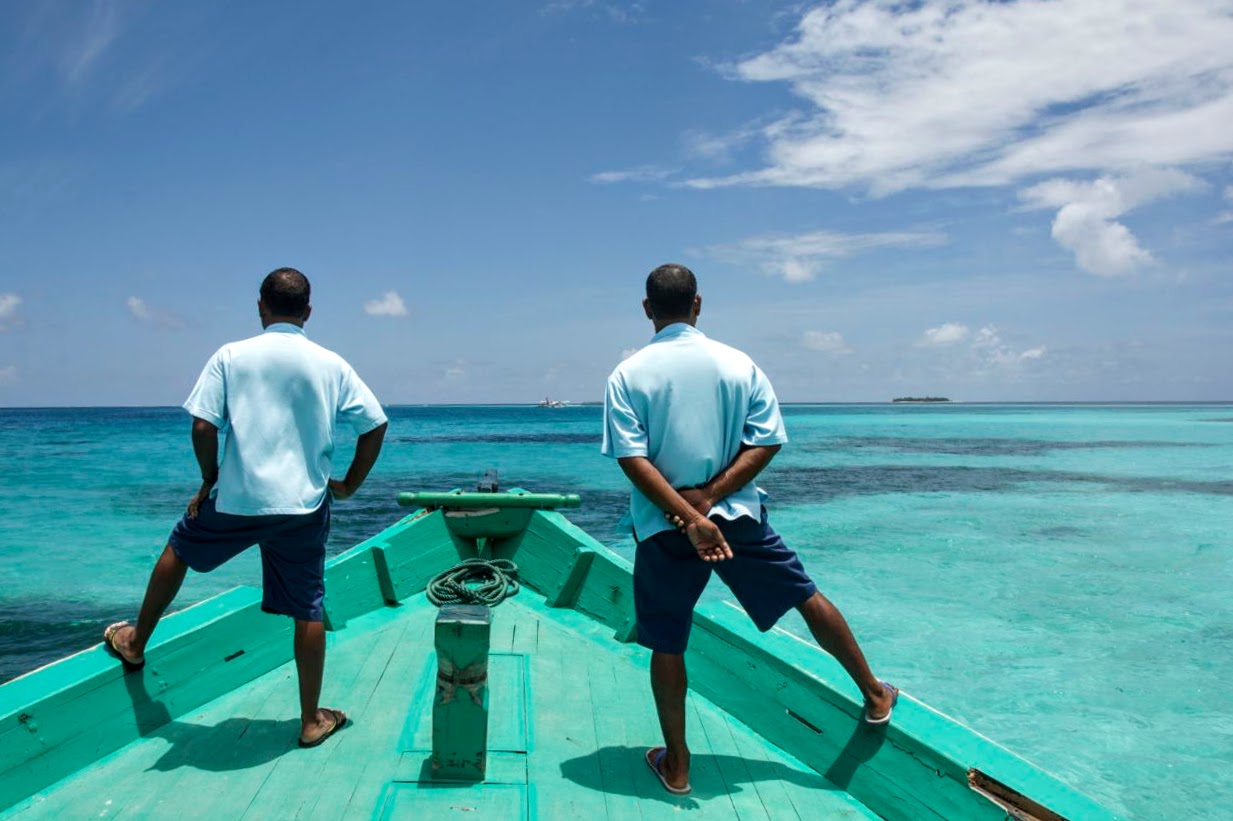
—
All photos except otherwise mentioned are by Kerstin Pilz





